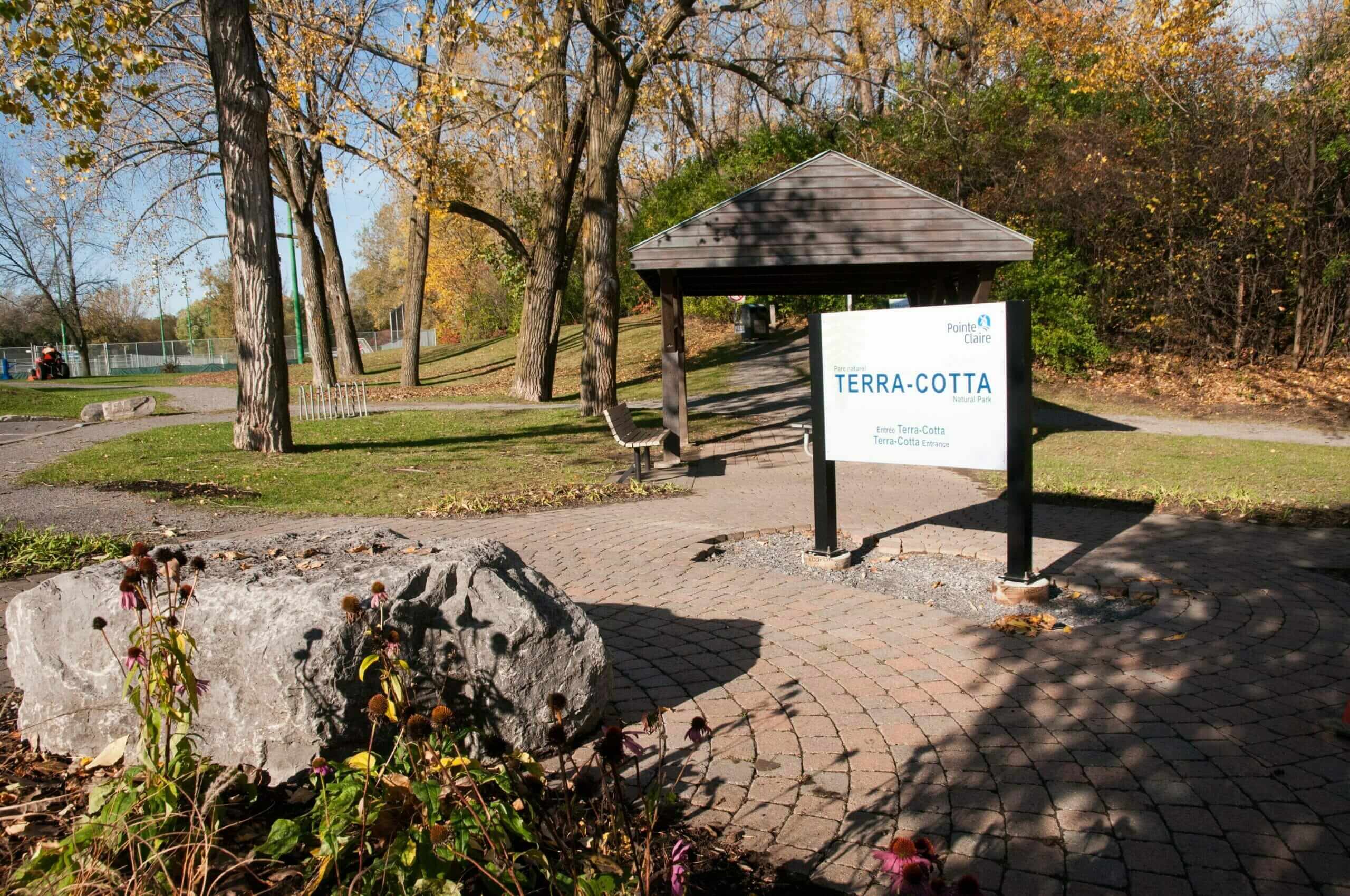This 45-hectare park hides a beautiful forest criss-crossed by 6 km of paths. The park is dedicated to conservation, and provides an opportunity to come into contact with a diversity of plant and animal species. Until the end of the 1950s, the Montréal Terra Cotta Company extracted clay for tile and brick production in what is now the park. Part of the resulting clay field is covered with grass.
The other part has been left in its natural state. An overgrown woodland runs along a hillside. On rustic, flat stone steps, the path is overhung by hawthorns and vinegar trees. Bosquets form a canopy under which you pass.
The further you walk, the more it changes. We’re witnessing the typical evolution of a St. Lawrence Lowlands forest, on the clay soil of the former Champlain Sea. Shrubs give way to birch and aspen, often the first trees to appear. Then, on a hillside, maples, beeches and oaks dominate. At the edge of a stream, near a bridge, huge willows grow.


User Reviews
Write a reviewBe the first to write a review.